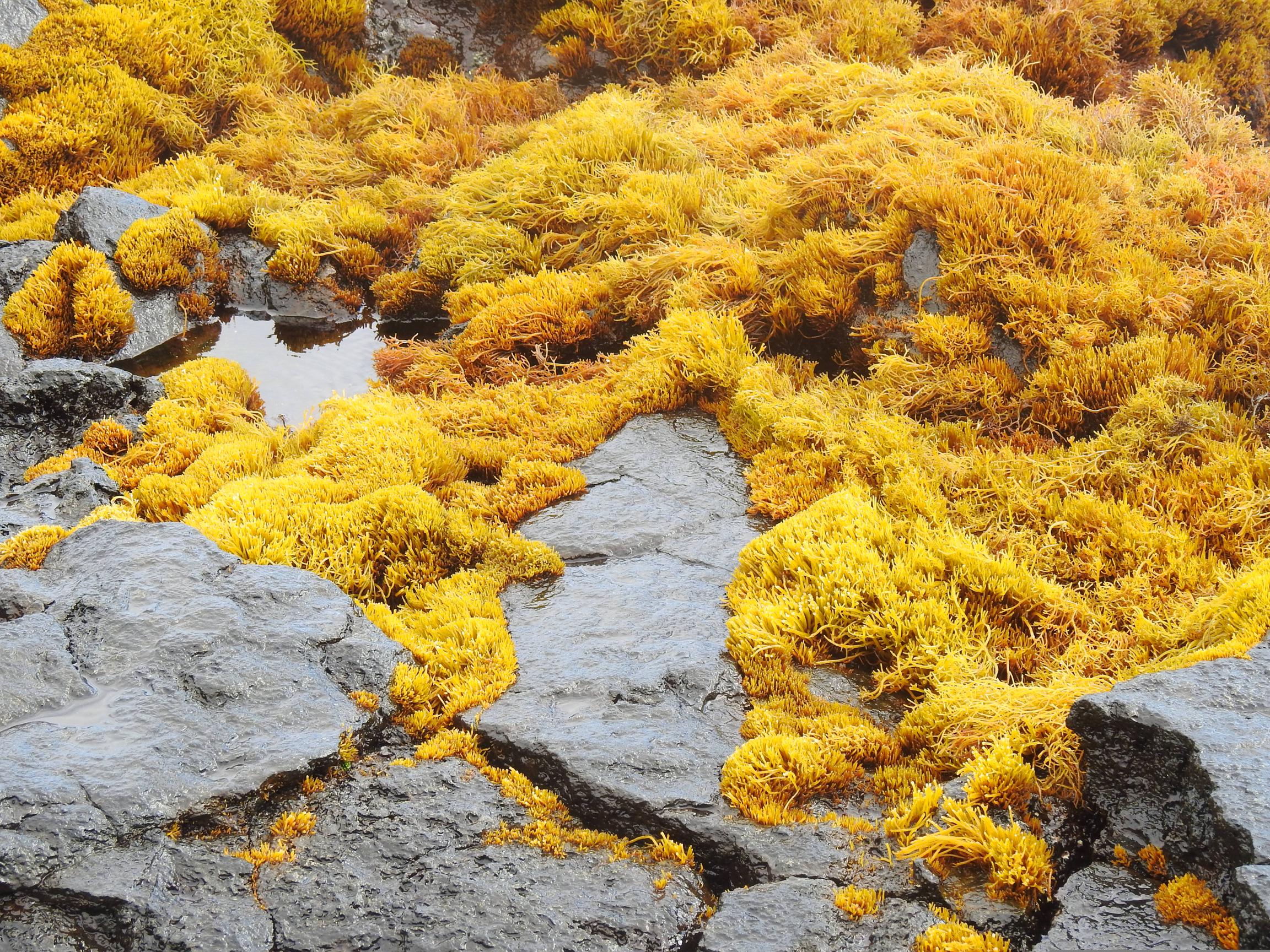Having a pet turtle is a rewarding experience and a great addition to your family. However, one of the most common problems that turtle owners face is algae growth in their turtle tank.
In this blog post, we’ll explore how to stop algae growth in a turtle tank so that you can keep your pet’s home clean and healthy.
Algae growth in turtle tanks

Algae growth in turtle tanks is a common problem that many turtle owners struggle with. Algae can quickly take over a tank, leading to cloudy water, unappetizing greens, and unhealthy turtle habitats. Fortunately, there are several things you can do to help prevent and control algae growth in your turtle tank.
Fortunately, there are several things you can do to help prevent and control algae growth in your turtle tank. From changing the water frequently to managing the amount of light and nutrients in the tank, the key to preventing algae growth is to stay vigilant and take proactive steps to keep your aquarium clean and healthy.
How to remove algae growth from turtle tanks
If you have a turtle tank, you know there’s nothing worse than pesky algae growth. Algae can take over your tank in no time and make it difficult for your turtles to swim and feed.
Fortunately, there are a few steps you can take to stop and prevent algae growth in turtle tanks. The key is to maintain a healthy water environment. Start by testing the water weekly to ensure the pH and ammonia levels are balanced.
Clean the tank weekly and vacuum the gravel to remove debris. Change out 25-50% of the water each week and use a water conditioner to remove chlorine and chloramines. Maintain a good filtration system and keep the tank well-lit, but keep the lights off at night.
Maintain a good filtration system and keep the tank well-lit, but keep the lights off at night. Finally, feed your turtles in moderation and don’t allow uneaten food to accumulate in the tank. Following these steps will help keep your turtle’s habitat algae-free.
Preventative measures to stop algae growth
Algae growth in turtle tanks can be unsightly and difficult to manage. Fortunately, there are preventative measures you can take to stop algae growth before it gets out of hand.
The most important step is to ensure proper water quality by regularly changing the water and using a water filter to keep it clean. Additionally, you should limit the amount of light your turtle tank receives since algae thrives on sunlight. Finally, you should use an algae scraper to manually remove any algae that does begin to accumulate.
With these three simple steps, you can keep your turtle tank looking its best and prevent algae from taking over.
Tips for achieving optimal water quality in turtle tanks
Maintaining optimal water quality in a turtle tank is essential for the long-term health of your pet. But, one of the most common issues many turtle owners face is algae growth. Algae can not only make your tank look dirty, but can also be detrimental to your turtle’s health.
Fortunately, there are a few simple steps you can take to help keep your tank free of algae. First, make sure you are doing regular water changes and keeping the tank clean of any debris.
Algae thrive on excess nutrients, so regularly removing any uneaten food or other organic matter is key. Additionally, ensure that you are not overfeeding your turtle, as too much food can lead to an overabundance of nutrients in the water.
Next, ensure that your turtle has a good filtration system. A good filtration system will help to keep the water clean and free of excess nutrients. You should also be sure to check and clean your filter regularly to ensure it is working properly.
Finally, make sure you are using a good quality water conditioner. A good water conditioner will help to remove excess nutrients and other harmful chemicals from the water, thus preventing algae growth. By following these simple steps, you can help to keep your turtle’s tank free of algae and maintain optimal water quality.
Additional strategies for controlling algae growth
Controlling algae growth in your turtle tank is an important part of keeping your aquatic pets healthy and happy. There are a few strategies that you can use to reduce the chances of algae blooms, including reducing the amount of light, performing regular water changes, and adding algae-eating clean up crew members. Reducing the amount of light your turtle tank receives can help to limit the growth of algae, as algae need light to grow.
Reducing the amount of light your turtle tank receives can help to limit the growth of algae, as algae need light to grow. Additionally, performing regular water changes helps to keep the water in your tank clean and free of debris that can act as the perfect breeding ground for algae. Finally, adding a few algae-eating species, such as snails and shrimp, can provide an additional form of algae control as they will feed on the algae in your tank.
By implementing these strategies, you can help to keep your turtle tank algae-free and ensure your aquatic pets have a healthy environment to thrive in.
Bottom Line
The best way to prevent algae growth in a turtle tank is to keep the tank clean and maintain a balanced water environment. Regularly clean the tank, use a filter to remove organic waste, and test the water parameters regularly to ensure the water is healthy and safe for your turtle.
Finally, limit the light exposure in the tank to help reduce the growth of algae.